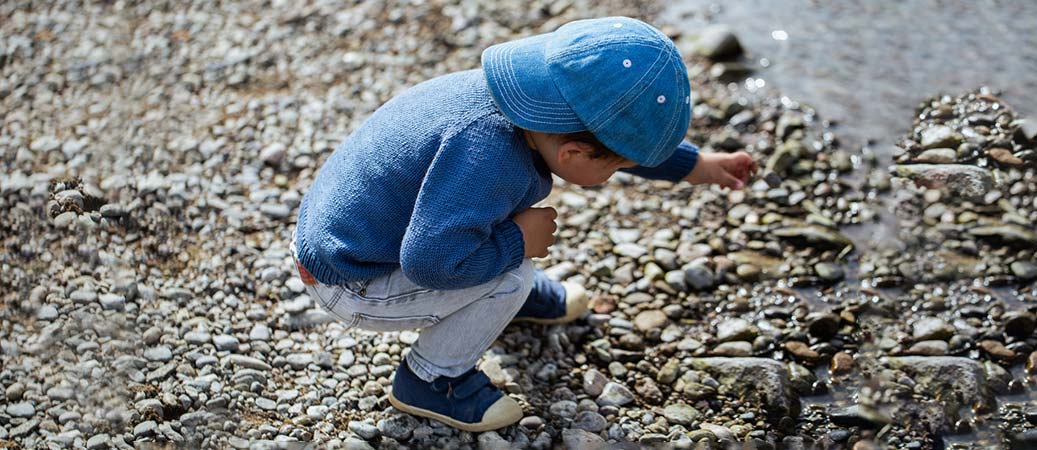
FAQ – How do we use children´s pictures on the internet?
With the ongoing digitalization, the number of children´s pictures posted online has increased as well. Every day, numerous images of happy, mischievous, cute or stubborn kids make the web come alive with emotion. At the same time, this also initiates discussions within society. We don´t want to evade this issue.
As a company and brand, we have a responsibility towards the children and babies whose images are posted on our websites. It is our obligation to not only protect them as much as we can, but also to ensure that our clients and partners, to whom we provide children´s pictures, are aware of this issue and handle the images carefully.
Of course, even in the past we have never published any children´s images without the explicit consent of the guardians. Furthermore, due to the reasons mentioned below, we have now decided to not show any more clearly identifiable faces of babies and children in social media. This means that we will ensure that any future photo shootings will not depict, wherever possible, any distinctly identifiable children´s faces.
Images on our website that do not comply with this new guideline will remain online for now, but we will not promote these images in the future and obligate our users to handle these pictures carefully.
Additional information about children´s images on the internet
Children´s personality rights and the right to one´s image
Children also have the right to protect their own image, just like adults, as regulated by the Kunsturhebergesetz (KUG), the German law regulating art and copyright issues. However, this is often handled with negligence, which can then lead to infringement of the right to one´s image, and, quite pragmatically – the situation that by the time the child is a teenager, these pictures might become an embarrassment.
There is also little concern about the fact that the more pictures of a child are available online, the more persistent the digital identity of the child will be, even before the child himself is aware of this.
Data protection
Children have no knowledge of possible risks and consequences of data processing. Therefore they need special protection. Compliance with legal privacy regulations is necessary, in particular and foremost where personal data is concerned. According to the DSGVO (General Data Protection Regulation GDPR), this personal data also includes pictures where the shown person is identifiable – as is always the case if the face is clearly recognizable.
But today´s children will, as an adult, be confronted with the fact that their own childhood is part of the internet.
Even more significant, however, is the fact that posting children´s pictures online can also pose a real danger.
The internet does not forget
Children´s pictures posted on the internet will remain online forever. And, sadly, they can be copied, saved or misused by third parties. Time and again, this can lead to pictures of babies, children and teenagers being posted on random sites, sometimes even pornographic sites or sites operated by criminals, where those responsible cannot be located. By that time, deleting the images is complicated, if not impossible.
And even seemingly harmless pictures of everyday life can provoke insinuating comments or can be depicted in a sexualized context through questionable editing.
We do not want this to happen.
